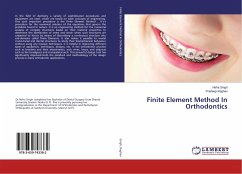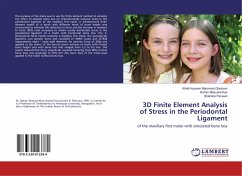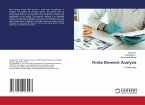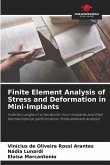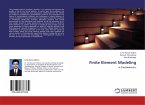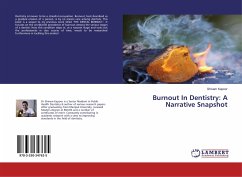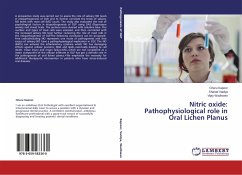In the field of dentistry a variety of sophisticated procedures and equipment are used, which are based on basic concepts of engineering. One such important procedure is the Finite Element Method . It's a procedure for the numerical solution of the equations that govern the problems found in nature. It is an engineering method for the numerical analysis of complex structures based on their material properties to determine the distribution of stress and strain when such structures are subjected to forces by means of discretizing a continuous structure into sub-domains called Finite Elements. It also makes it possible to model cranio-facial and dental structures to study their biomechanical behaviour without using any invasive techniques. It is helpful in improving different types of appliances, techniques, designs, etc. in the orthodontic practice such as brackets and their attachments, arch wires, loops, and adjuncts such as the headgears and transpalatal arch. This powerful design tool has significantly improved both the standard and methodology of the design process in many orthodontic applications.

